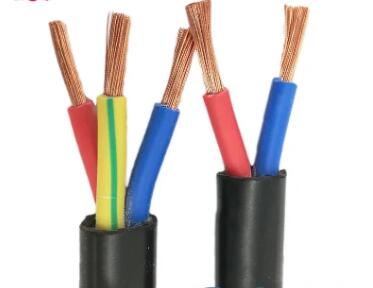The Silent Guardian: Unveiling the Purpose of Insulation on Electric Wires
2023-11-28
Introduction:
In the world of electrical systems, where currents of electrons weave through intricate networks, one silent guardian plays a pivotal role in ensuring safety, reliability, and the prevention of electrical mishaps. This unsung hero is the insulation that envelops electric wires, serving as a protective barrier against the chaos that could ensue without its presence. In this blog, we'll unravel the purpose of insulation on electric wires and understand why it is a crucial element in the tapestry of electrical engineering.
1. Prevention of Electrical Shocks:
The primary purpose of insulation on an electric wire is to protect against electrical shocks. Without insulation, the conductor would be exposed, creating the risk of accidental contact. Insulation acts as a barrier, preventing direct contact with the live wire and safeguarding individuals from potentially fatal shocks.
2. Containment of Electrical Current:
Insulation contains the flow of electrical current within the wire. Without insulation, current could escape from the conductor, leading to unintended paths or contacts. This containment ensures that the current follows the intended route, maintaining the efficiency and reliability of the electrical system.
3. Prevention of Short Circuits:
Short circuits occur when the current follows an unintended path, bypassing the intended load. Insulation acts as a barrier that inhibits current leakage and prevents short circuits. By maintaining the separation between conductors and other materials, insulation contributes to the overall safety and functionality of the electrical circuit.
4. Protection Against Environmental Factors:
Electric wires are often installed in diverse environments, ranging from the controlled conditions of a building to the harsh realities of outdoor settings. Insulation shields the conductor from environmental factors such as moisture, chemicals, and dust. This protection is vital in preventing corrosion, degradation, and other issues that could compromise the wire's performance.
5. Thermal Insulation:
Insulation also provides thermal resistance, protecting the wire and its surroundings from the heat generated by the flow of electrical current. This is especially important in high-power applications where heat dissipation needs to be managed to prevent damage to the wire and surrounding materials.
6. Compliance with Safety Standards:
The presence of insulation ensures that electric wires comply with safety standards and regulations. Various industries and regions have stringent requirements for electrical installations, and proper insulation is a key factor in meeting these standards.
Conclusion:
The purpose of insulation on an electric wire goes beyond a mere protective covering; it is a crucial element that ensures the safe and efficient operation of electrical systems. By acting as a barrier against shocks, short circuits, environmental factors, and thermal issues, insulation transforms electric wires into reliable and secure conduits for the flow of electrical energy. As we continue to depend on electricity to power our homes, industries, and technological advancements, the silent guardian of insulation remains essential in preserving the safety and integrity of our electrified world.



